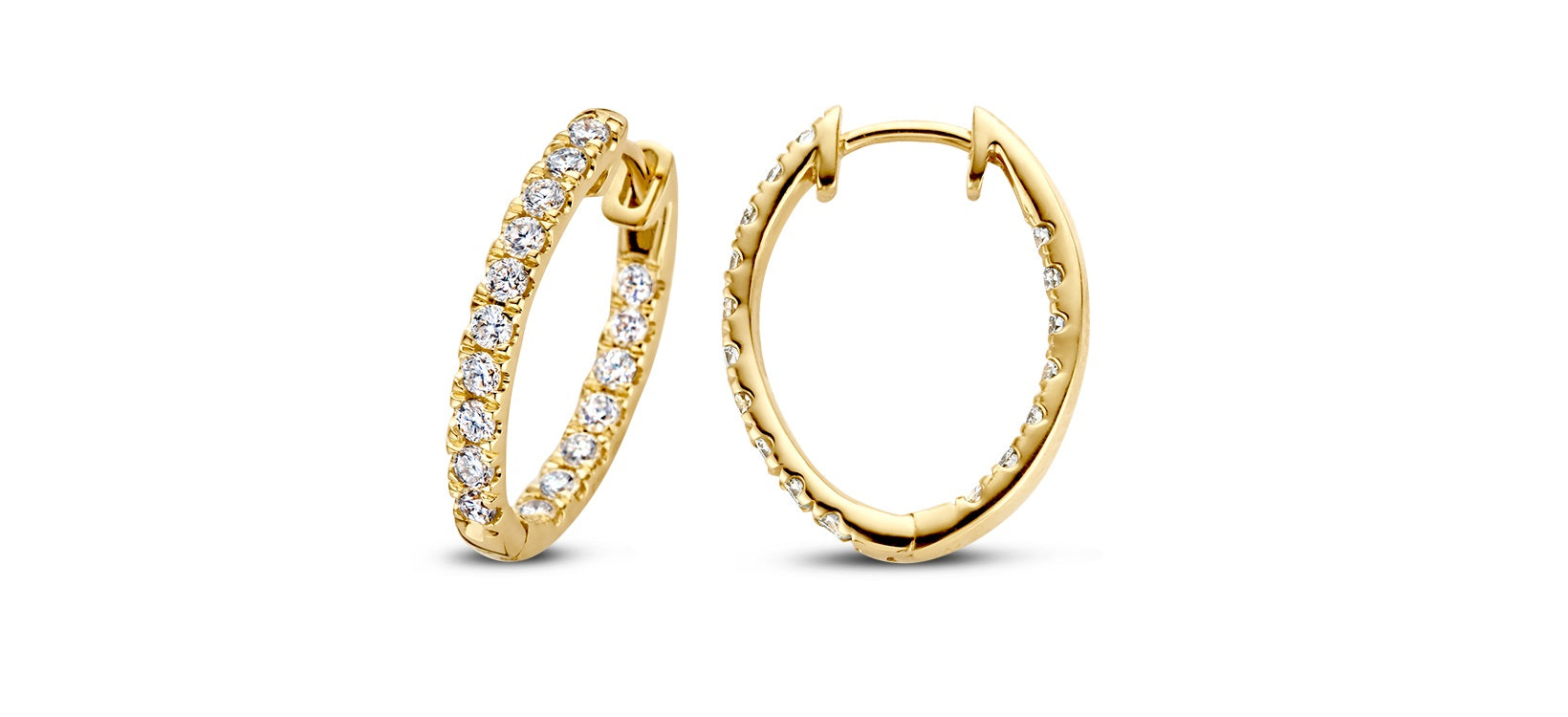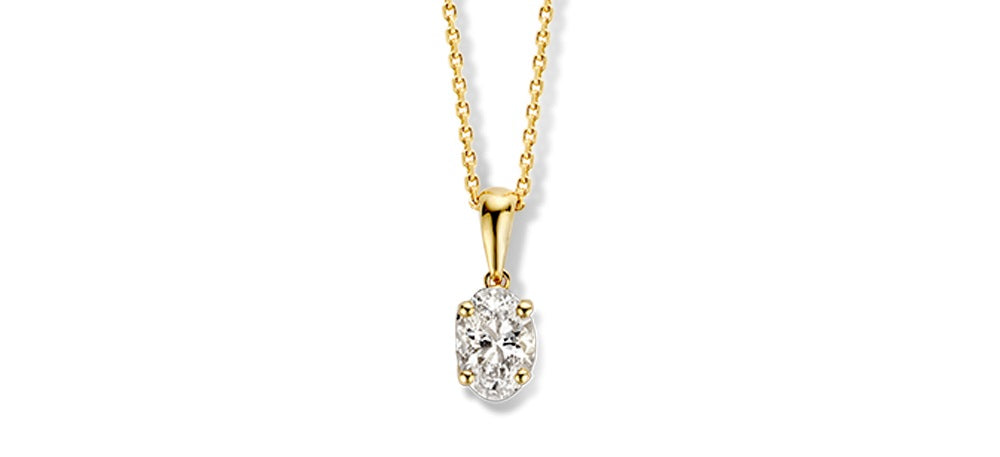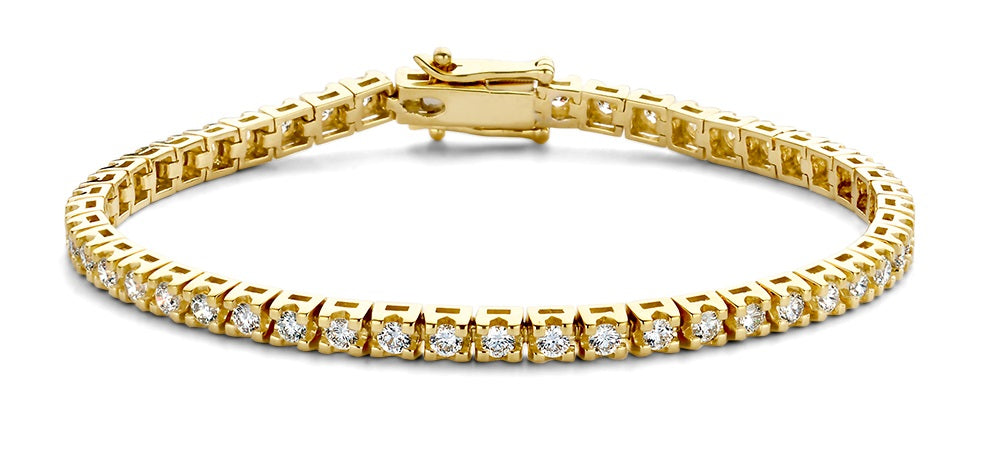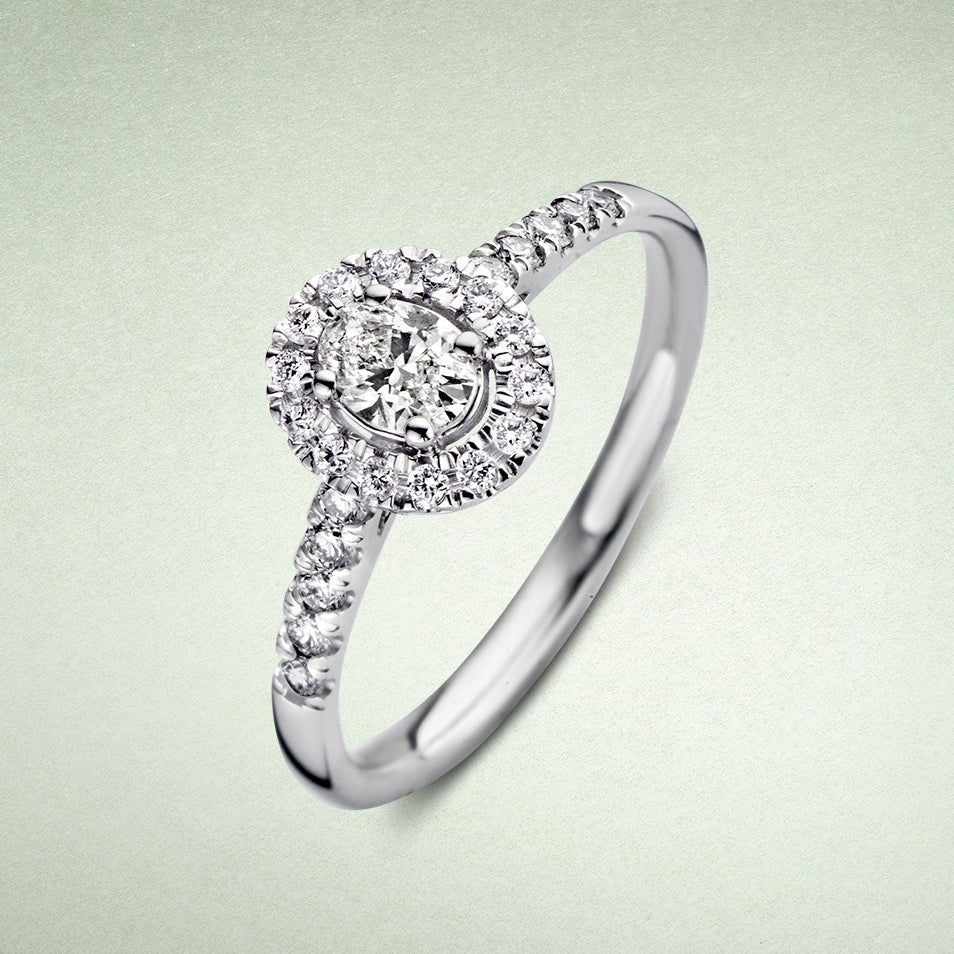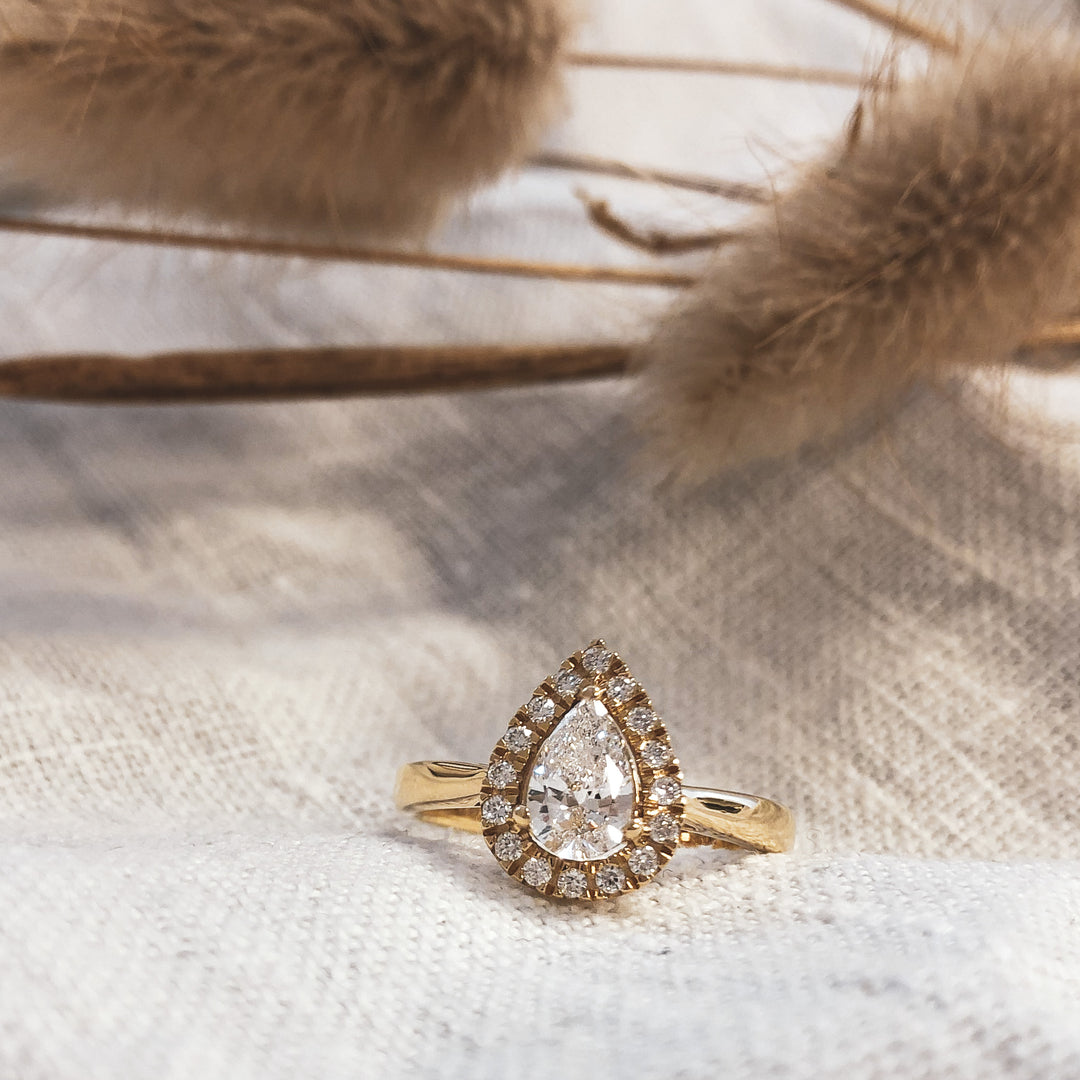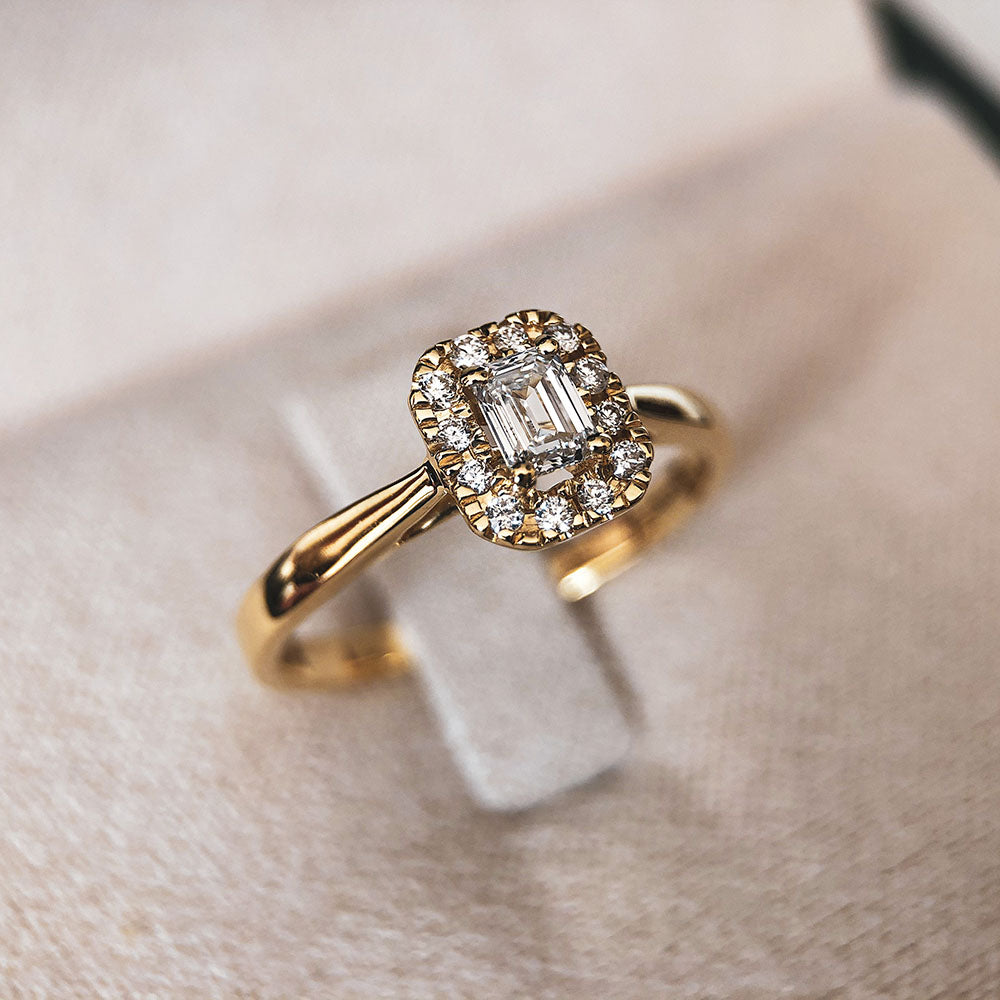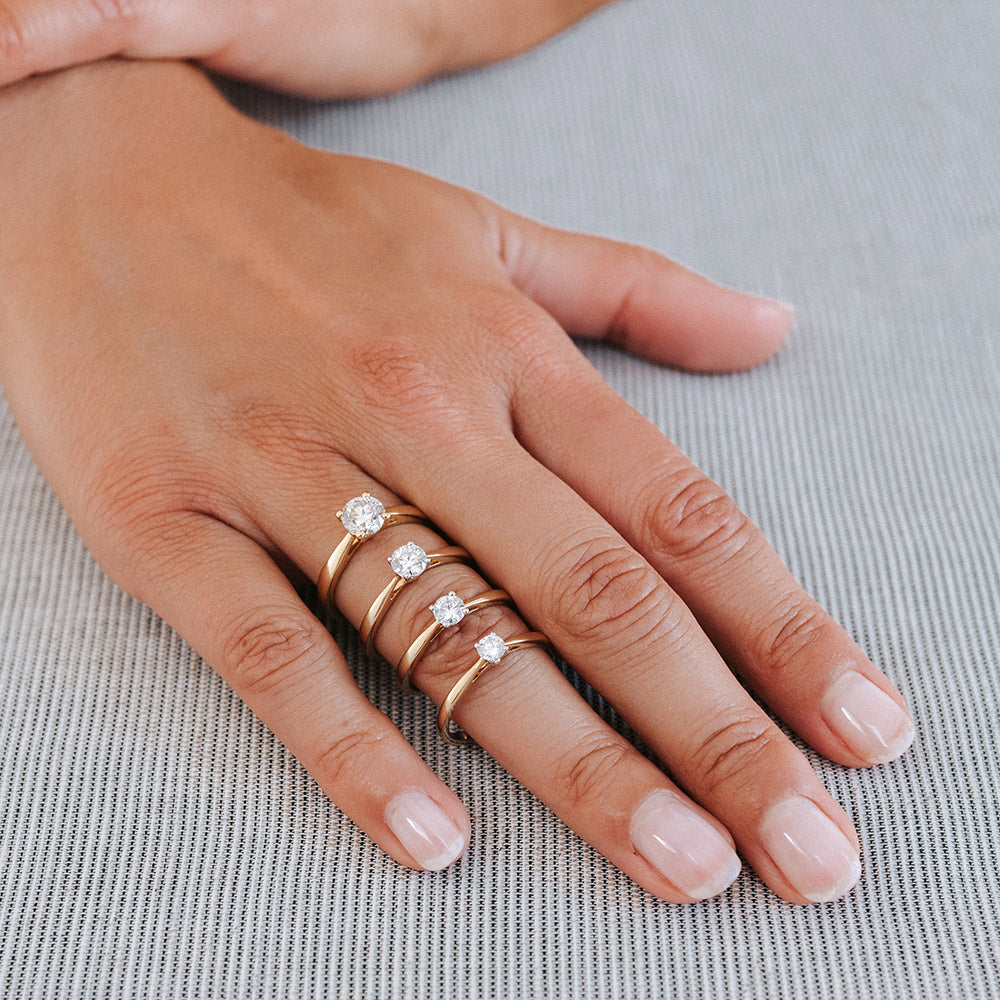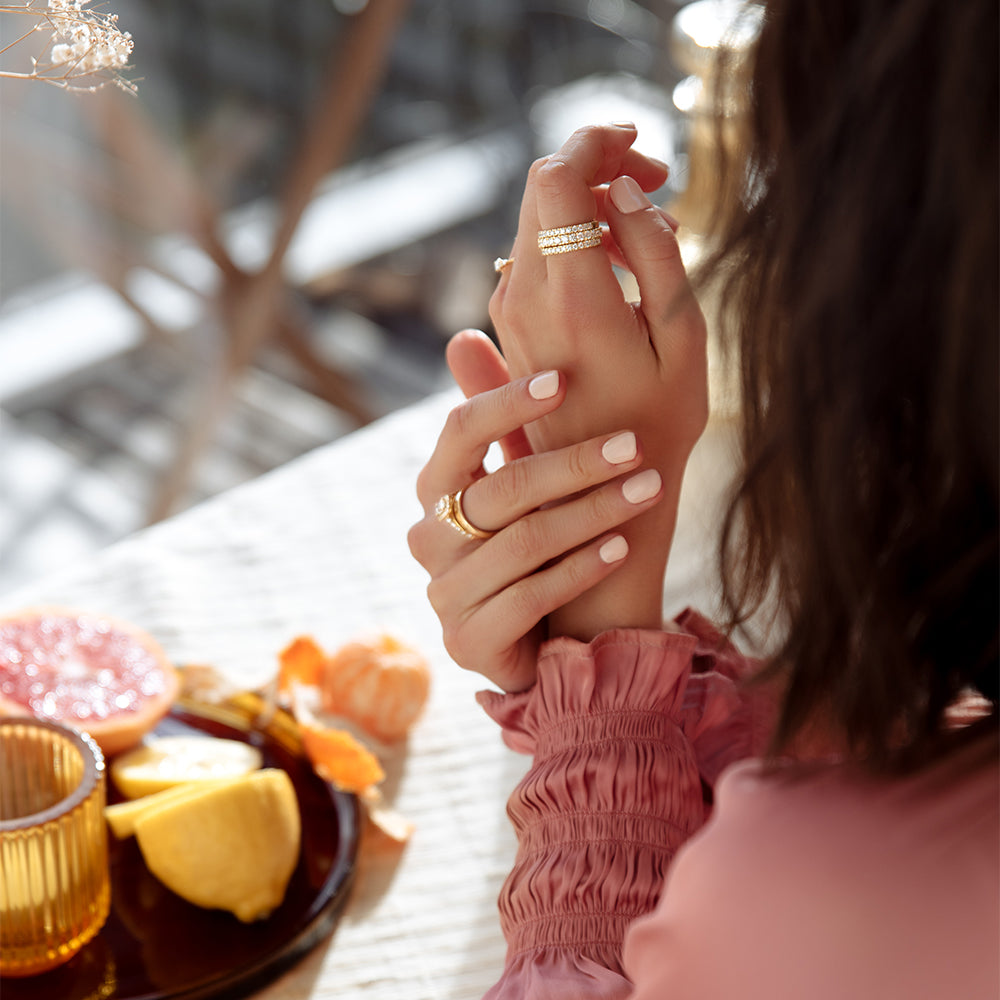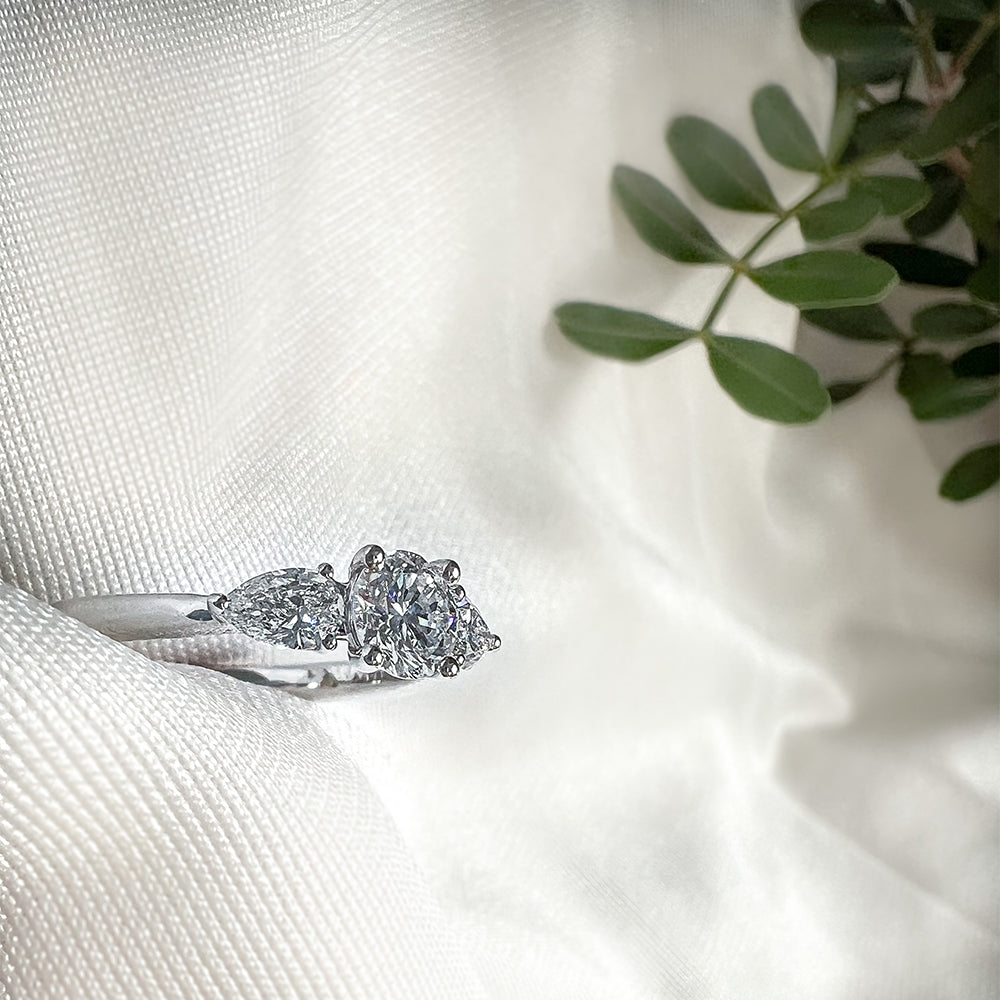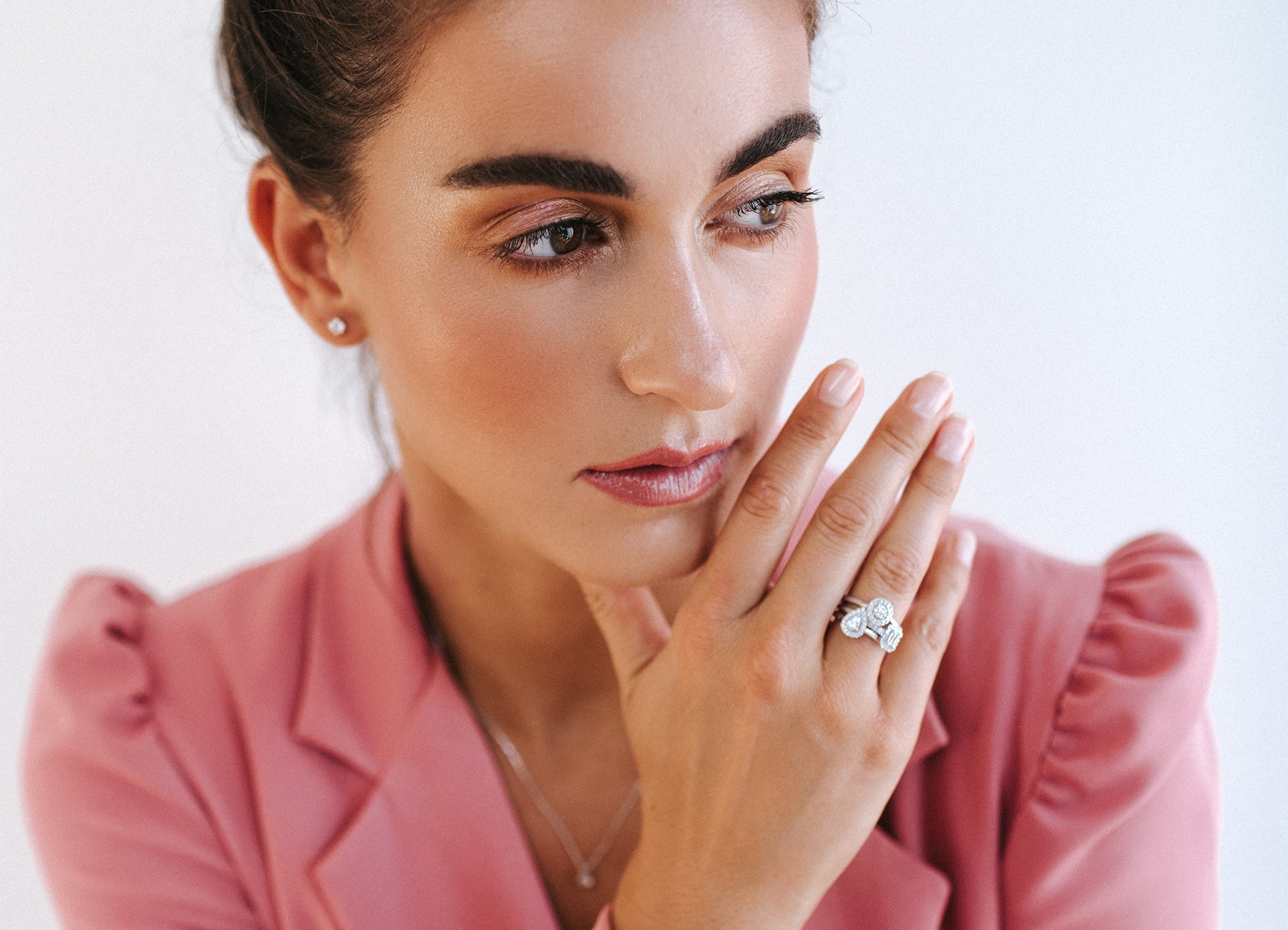
- Diamond under the microscope -
Diamond cuts
When choosing a diamond, not only the quality but also the shape is an important feature. From the round brilliant to a pear shape; discover the different diamond cuts and choose your favorite.
Our diamond shapes
Diamonds come in all sorts of different qualities, colours and also shapes. The diamond shape is very important for the look of your diamond jewellery. The most well-known and used diamond cut is the brilliant, a beautiful round cut. Less common cuts are also called fancy cuts . Fancy cut diamonds are for example the pear, oval, marquise, princess, emerald, baguette, cushion, asscher and radiant cut diamonds.
The cut of a diamond means something different than the cut . This says something about the quality of the cut and the way in which the diamond can reflect light. The diamond cut is part of the 4c's that determine the quality of a diamond. Discover more about the 4c's.
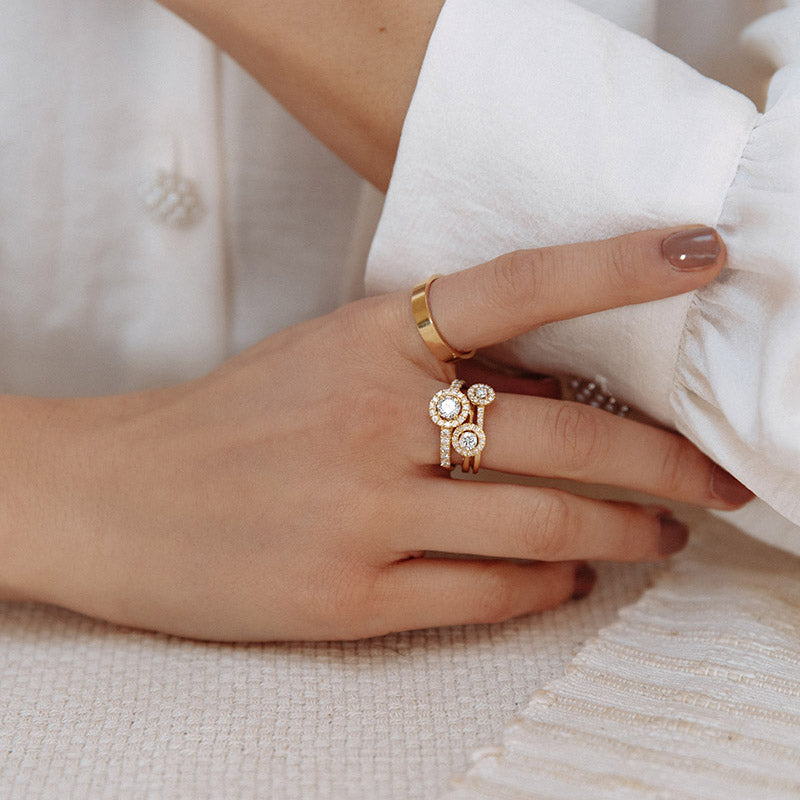
The brilliant
When you think of diamonds, you probably picture a round diamond, also called a brilliant. It is not without reason that this is by far the most popular diamond shape worldwide. The brilliant cut is considered the optimal cut. When cut well, a brilliant can optimally reflect the light and therefore this diamond shape shows the most brilliance. Cutting a brilliant requires more work than the other cuts, which is why this shape is also more expensive.
Facts about the brilliant cut diamond:
- It consists of 57 facets (cutting surfaces).
- The largest cutting surface is the top (table) of the diamond. The round circumference over the widest part is called the rondist. At the top you will find the crown, below it the pavilion.
- Approximately 75% of diamonds sold worldwide have a brilliant cut.
Oval
The oval cut is very similar to a brilliant cut diamond. However, thanks to the extended shape and the large surface area on the top, an oval diamond appears optically larger. Just like with a brilliant, inclusions are difficult to see. The oval stone also makes fingers appear longer. A perfect choice for anyone looking for something classic and striking at the same time.
Facts about the oval diamond:
- 57 facets (equal to a brilliant)
- The oval cut maximizes carat weight thanks to the relatively large top.
Pear
A less frequently used and therefore striking cut is the pear-shaped diamond. Its name is of course derived from the pear shape, a combination of a brilliant and marquise cut. The pear diamond also optimises the number of carats, making it look larger. Did you know that the pear diamond is also called the teardrop ? This tears of happiness diamond is therefore often a symbol of love and lends itself perfectly to an engagement ring.
Facts about the pear shaped diamond:
- 56 facets
- The cut visually lengthens the finger, especially when the point is worn towards the fingertip.
Princess
Thanks to its sleek design, the princess cut diamond is a striking appearance. The square diamond has sharp corners and brilliant facets. The diamond looks larger than a brilliant of the same weight and is also more affordable. Princess diamonds show a lot of brilliance and fire, inclusions are not clearly visible
Facts about the princess diamond:
- 57 facets
- One of the most requested fancy cuts worldwide.
- A 'modern' diamond shape, the princess diamond has only been around since the 1960s.

Emerald
Emerald cut diamonds are real eye-catchers thanks to their long, parallel cut facets and beautiful depth. This is also called the hall or mirror effect. The long facets give the stone less sparkle than for example a brilliant, but a lot of depth. The stone looks big and has an optically lengthening effect.
Facts about the emerald diamond:
- The emerald cut gives the diamond depth and clearly shows the clarity of the stone, inclusions are more visible here.
- Beautiful diamond shape with art deco look.

